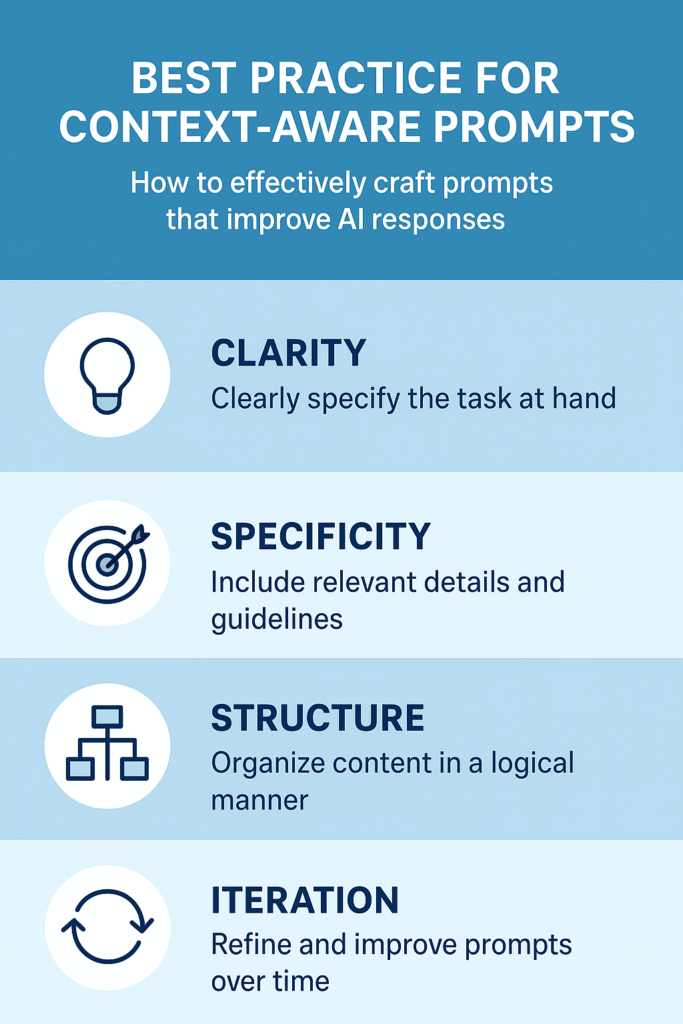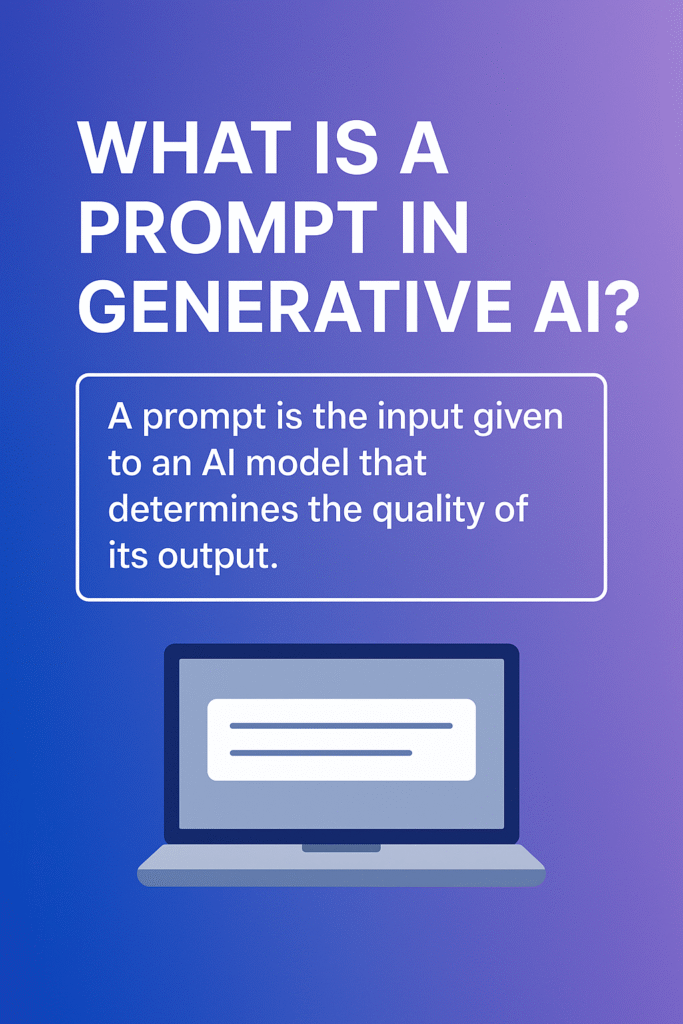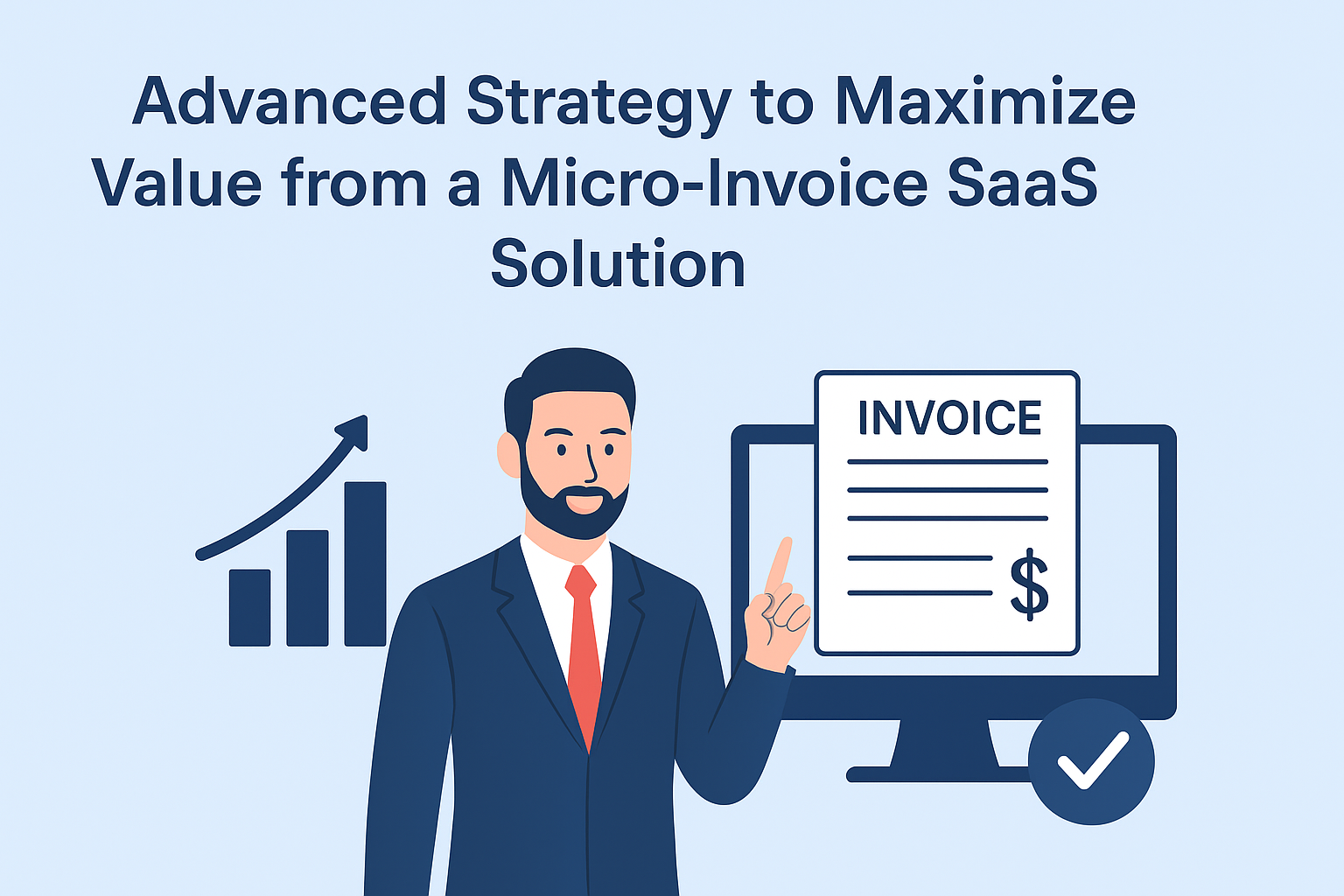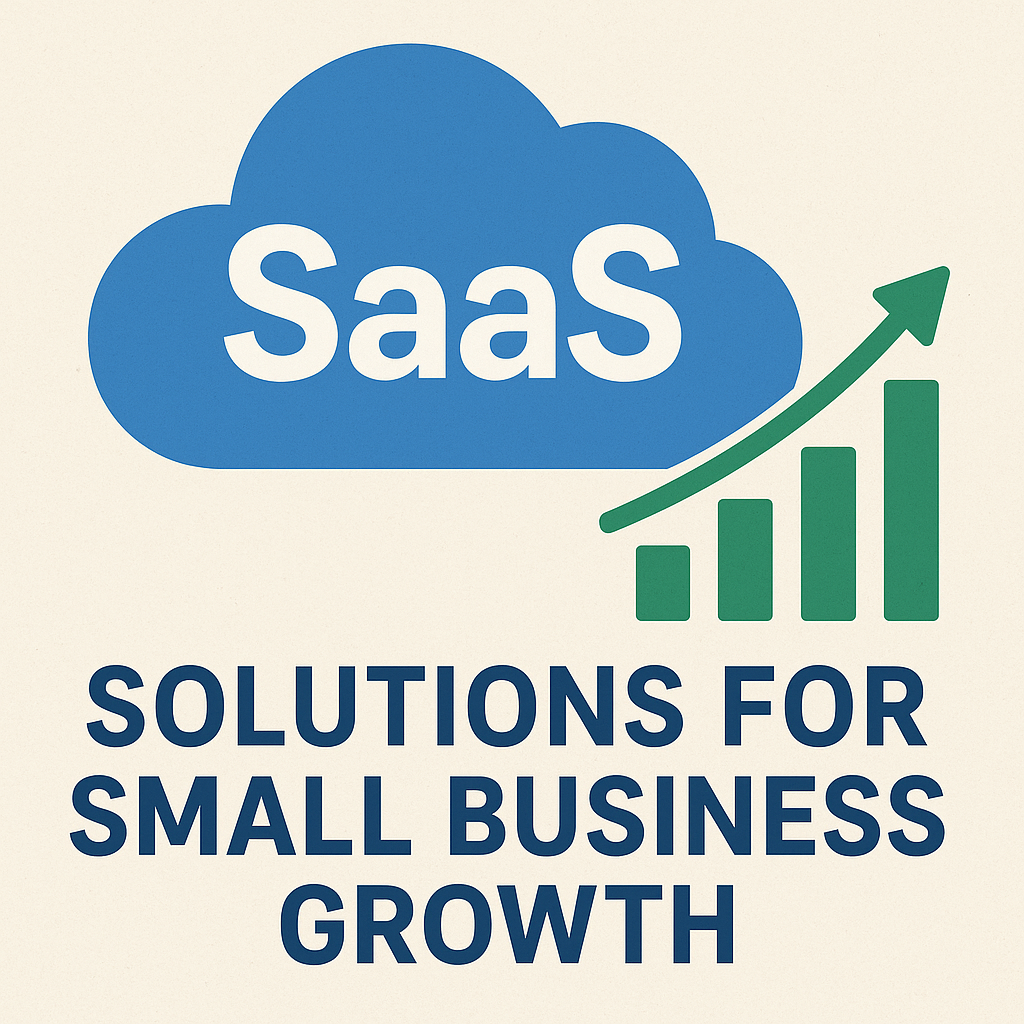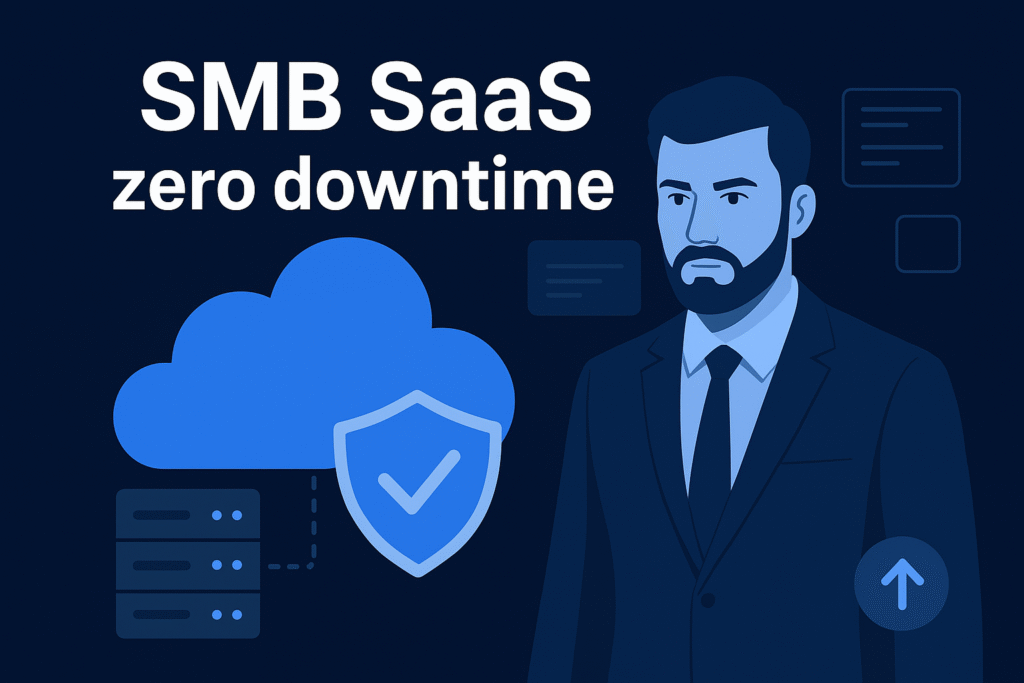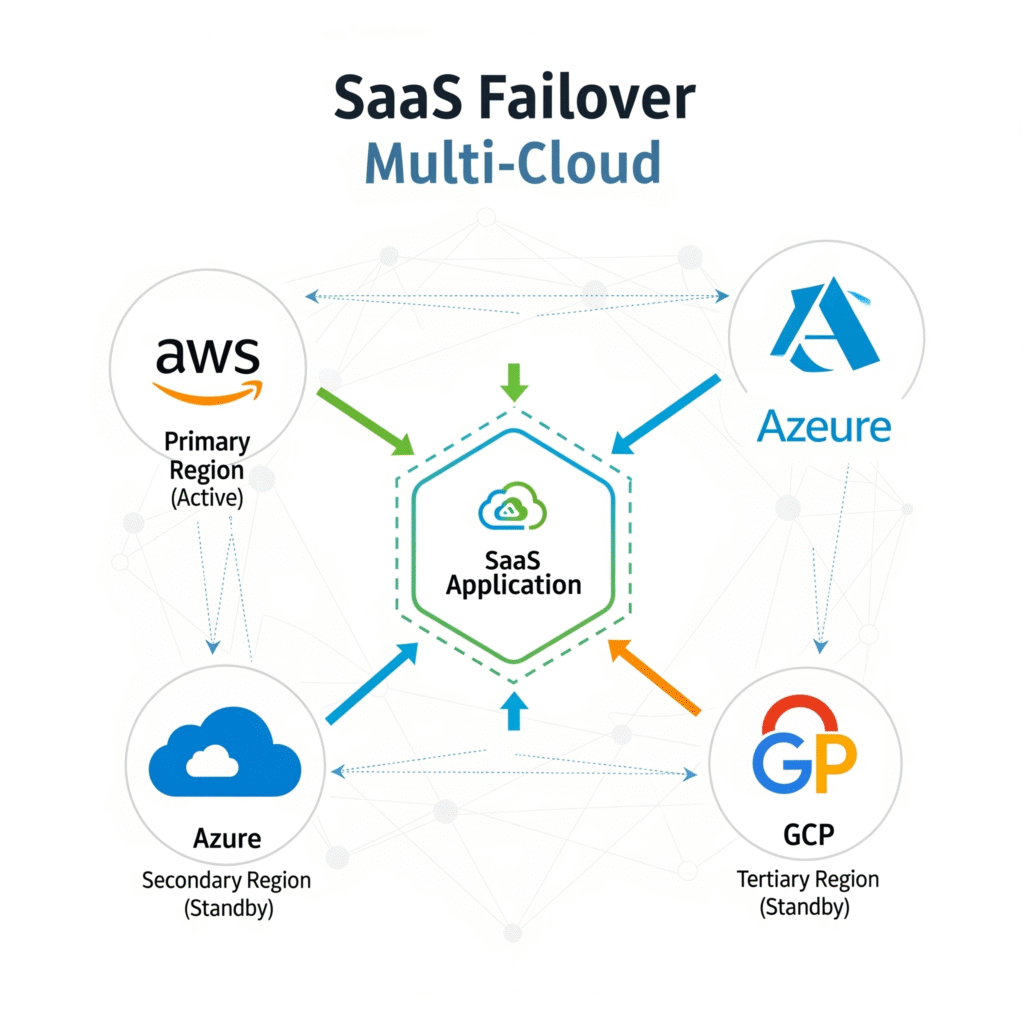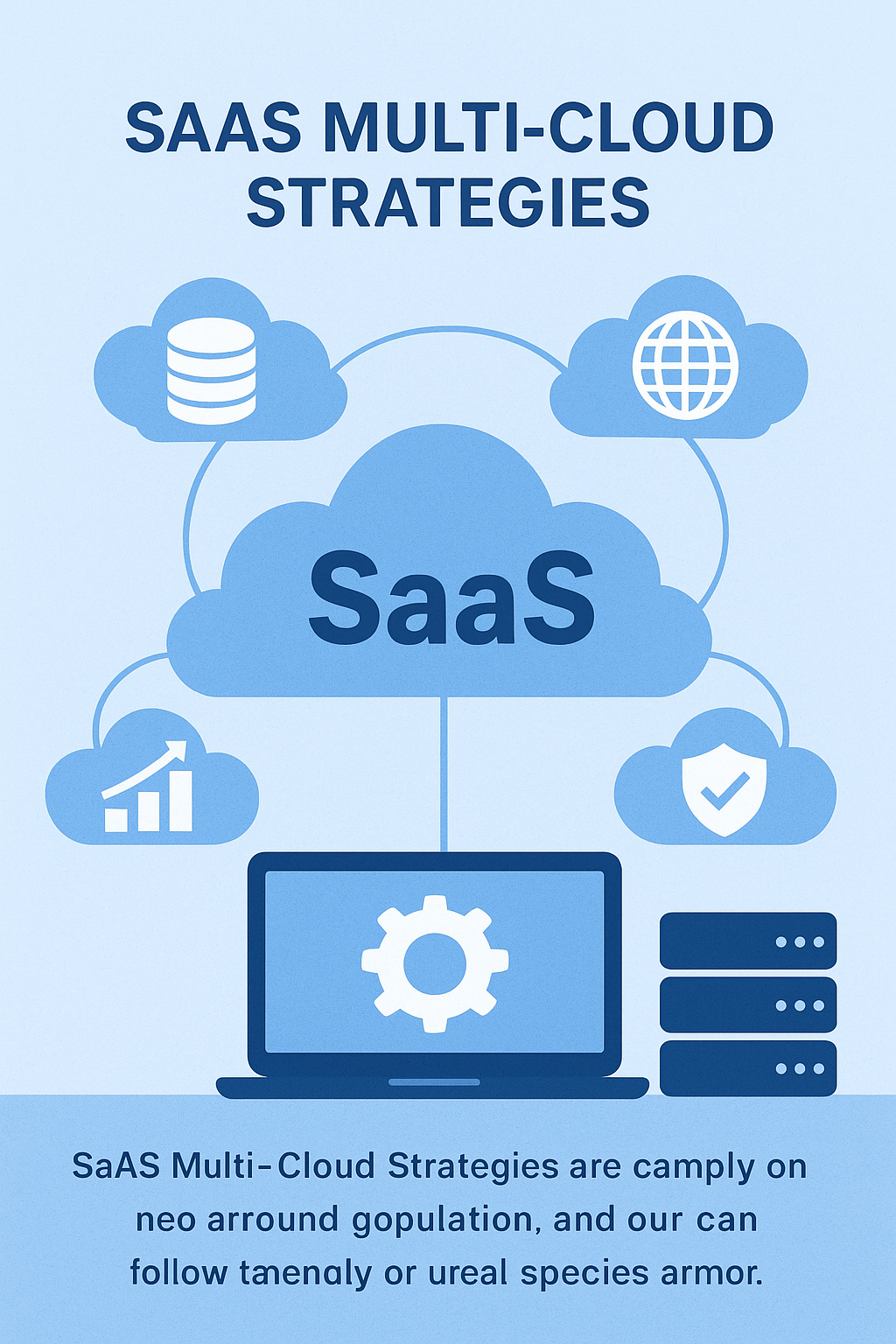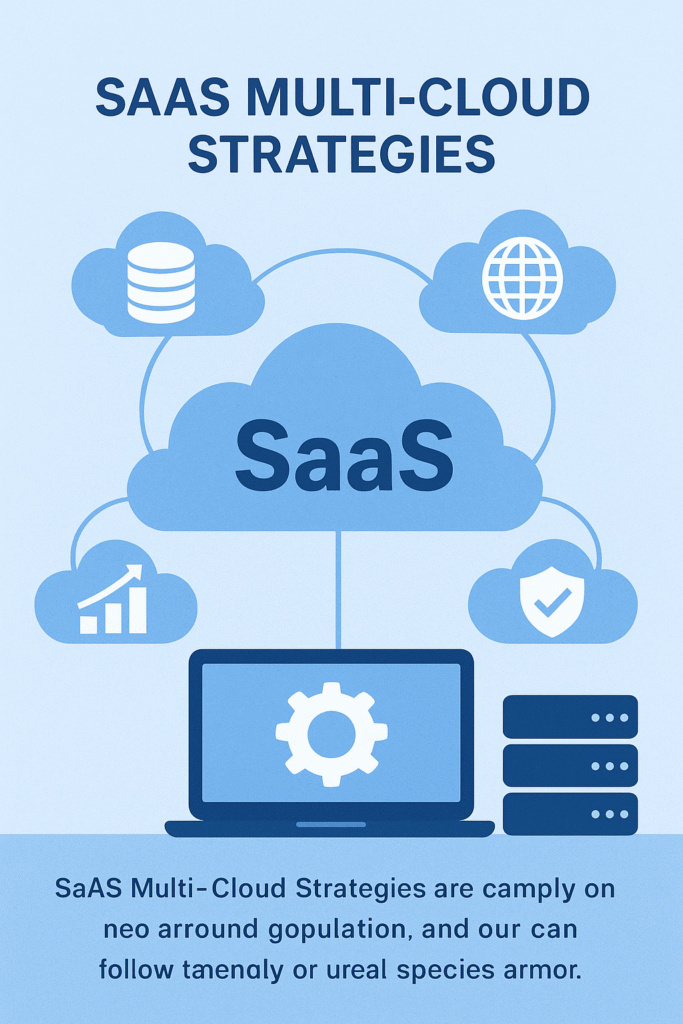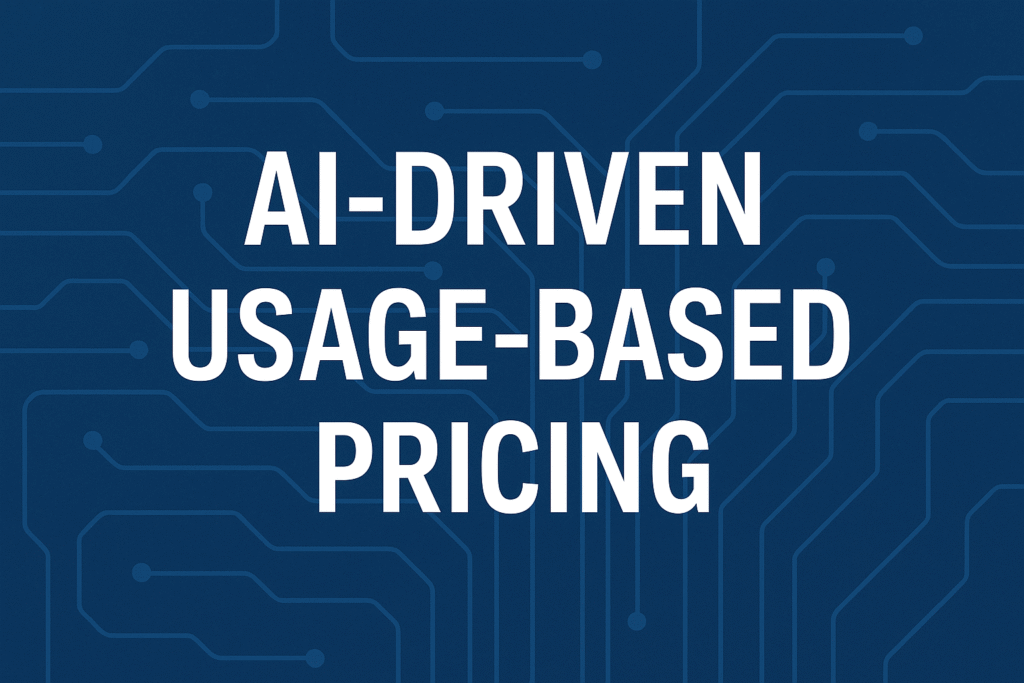Introduction: Examples of Context-Aware Prompts in GPT
In today’s digital landscape, whenever we interact with language models like GPT, one thing becomes clear: simply asking a question isn’t enough. The real power emerges when we use context-aware prompts—instructions crafted in a way that connect the model with previous conversations, background information, or a specific purpose.
That’s why modern users and developers don’t just focus on “writing a prompt,” but rather on “delivering a prompt with context.” This approach ensures responses that are not only more accurate and comprehensive but also directly aligned with the user’s intent.
In this article, we’ll explore Examples of Context-Aware Prompts in GPT in a way that:
- Demonstrates how including context significantly improves the output.
- Compares generic prompts with context-aware prompts for clarity.
- Provides practical examples that readers can immediately apply in their daily usage.
This is not just theoretical knowledge but a practical guide—helping you learn how to make your GPT interactions more effective, purposeful, and time-saving.
Examples of Context-Aware Prompts in GPT
The Core Value of Context-Aware Prompts
When working with advanced AI systems like GPT, the single most powerful factor in achieving high-quality outputs is context. A generic prompt may provide a surface-level answer, but it rarely delivers actionable or deeply relevant insights. In contrast, context-aware prompts allow users to define the audience, purpose, and background—transforming vague instructions into precise and tailored results.
For example:
- Generic Prompt: “Summarize this book.”
- Context-Aware Prompt: “Summarize this 300-page book for high school students, highlighting themes of resilience and teamwork, in under 500 words.”
The second prompt gives GPT a framework that ensures the response is accurate, audience-appropriate, and purposeful. This difference reflects the true value of context-aware prompting.
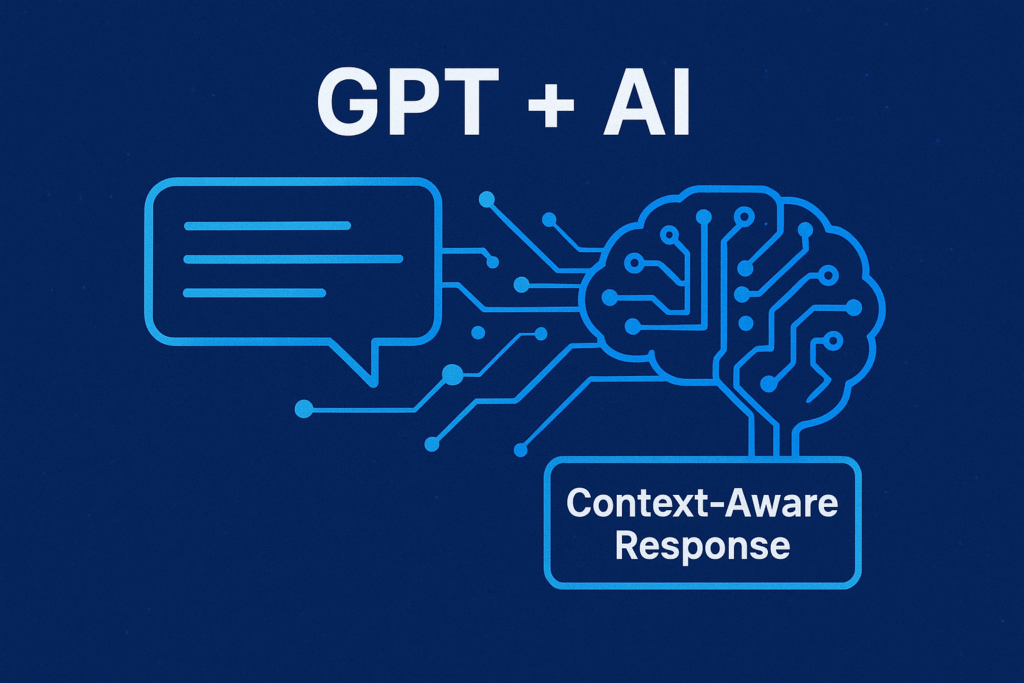
How Context Enhances GPT Responses
- Accuracy: Context steers GPT toward information that directly addresses the question.
- Relevance: Responses remain tied to the intended background rather than drifting into generalities.
- Personalization: Content is shaped to fit the exact audience and setting.
- Efficiency: Context reduces the need for repeated clarification, saving time and effort.
In practice, this means businesses, educators, and individuals can achieve higher satisfaction by embedding context in their interactions with GPT.Blog
Practical Examples of Context-Aware Prompts
1. Career Guidance
- Generic Prompt: “Give me career advice.”
- Context-Aware Prompt: “Provide career advice for a recent graduate with a marketing degree who wants to transition into digital analytics, suggesting entry-level roles and key skills to focus on.”
2. E-Learning Content
- Generic Prompt: “Explain photosynthesis.”
- Context-Aware Prompt: “Explain photosynthesis to 7th graders in simple language, using a step-by-step explanation and one relatable analogy.”
3. Travel Recommendations
- Generic Prompt: “Suggest places to visit in Italy.”
- Context-Aware Prompt: “Design a 7-day travel itinerary in Italy for a family with two children under 10, balancing cultural attractions with kid-friendly activities.”
Where Current Competitors Fall Short
Many current articles either simplify context-aware prompts too much or overcomplicate them with technical jargon. Their weaknesses include:
- Few Practical Examples: Most only provide 2–3 tips without showing application across industries.
- Weak SEO Structure: Headings, keyword optimization, and FAQs are often missing.
- Limited Authority: Many lack authoritative references or demonstrate insufficient expertise.
This article addresses these gaps by combining practical use cases, detailed explanations, and a comprehensive format designed for both readers and search visibility.
Expanding the Concept Beyond Text
Context-aware prompts are not limited to text inputs. Their applications extend to voice assistants, chatbots, and search systems:
- Voice Assistants: A query like “Play my workout playlist from last Tuesday” is more effective than “Play music.”
- Chatbots: In healthcare, a context-aware chatbot can tailor advice based on patient history.
- Search Engines: Asking for “best SaaS tools for small businesses in 2025” yields more valuable results than “SaaS tools.”
Best Practices for Writing Context-Aware Prompts
- Be Specific: Define audience, scope, and tone clearly.
- Use Role Assignments: Ask GPT to act as a teacher, consultant, marketer, or doctor.
- Set Constraints: Provide word limits, tone preferences, or output format requirements.
- Iterate: Refine prompts step by step until you receive the expected quality.
- Use Comparisons: Show GPT both strong and weak examples to guide the style of response.
Industry Applications
- Business: Automating emails, customer support scripts, and marketing campaigns.
- Education: Personalized tutoring and learning material adapted to student levels.
- Healthcare: Clear patient instructions based on age, lifestyle, and diagnosis.
- Development: Debugging code with beginner-friendly explanations.
- Creative Writing: Story building with context on characters, themes, and audience.
Extended Examples (Additional Depth)
Marketing
- Generic Prompt: “Write an email campaign.”
- Context-Aware Prompt: “Write a 5-email drip campaign for a SaaS product targeting small business owners in retail, emphasizing affordability and ease of use.”
Research
- Generic Prompt: “Summarize renewable energy.”
- Context-Aware Prompt: “Summarize recent research on renewable energy for policymakers, focusing on cost-benefit analysis of solar and wind projects.”
Education
- Generic Prompt: “Explain fractions.”
- Context-Aware Prompt: “Explain fractions to a 9-year-old using pizza slices as an example, in under 200 words.”
Healthcare
- Generic Prompt: “What is hypertension?”
- Context-Aware Prompt: “Explain hypertension to a 55-year-old patient who was recently diagnosed, focusing on lifestyle and dietary changes.”
Development
- Generic Prompt: “Fix this Python code.”
- Context-Aware Prompt: “Fix the following Python code for a beginner, and explain every change with inline comments.”
External References
To ensure credibility and authority, here are some valuable resources for deeper reading:
- OpenAI Cookbook – Prompt Engineering Guide
- Whitebeard Strategies – 3 Tips for Context-Aware Prompts
- DataCamp – Context Engineering
- Neo4j Medium Blog – Context-Aware Chatbots
- ResearchGate – Example of Context-Aware Prompt (Academic Visual)
These links highlight how different communities approach context-aware prompts and validate the importance of structured, purposeful AI interaction.
FAQs
Q1. Why do context-aware prompts matter?
They deliver accurate, tailored responses that match user intent.
Q2. How can I start writing better prompts?
Define your audience, assign GPT a role, and add constraints for clarity.
Q3. Can context-aware prompts help SEO content?
Yes, they enable content that aligns with Google’s helpful content updates and builds stronger topical authority.
Q4. Are they useful outside writing?
Absolutely—they’re applied in healthcare, customer support, coding, and education.
Q5. How do they differ from generic prompts?
Generic prompts are vague, while context-aware prompts are targeted, specific, and actionable.
Advanced Strategies for Context-Aware Prompting in GPT
Moving Beyond Basics
After gaining a solid understanding of context-aware prompting, the next step is to explore advanced strategies that refine GPT’s performance across different domains. These methods focus on scalability, optimization, and innovation in prompt engineering, ensuring that outputs are not only accurate but also tailored for real-world applications.
Layered Context Technique
Rather than giving a single broad instruction, layered prompting breaks down the request into smaller, progressive steps. Each layer builds on the previous one, helping GPT deliver structured and purposeful results.
Example:
- Layer 1: “You are a financial analyst with expertise in startups.”
- Layer 2: “Evaluate the revenue streams of a SaaS company with fewer than 50 employees.”
- Layer 3: “Present your findings in a table comparing recurring and one-time revenue.”
This approach creates clarity and improves the quality of analysis for professional decision-making.
Context-Aware Prompting in Multilingual Environments
In international markets, prompts must reflect cultural and linguistic nuances. By specifying tone, dialect, or region, GPT can produce results that truly connect with the intended audience.
Example:
“Translate this e-commerce blog into Spanish, using a conversational tone for small business owners in Mexico.”
This not only ensures correct translation but also localization, making the output relatable and impactful.
Role-Stacking for Complex Outputs
Assigning multiple roles within a single prompt helps GPT provide layered perspectives. Combining roles ensures depth and balance in the final content.
Example:
“You are a professor, an editor, and a student reviewer. First, draft a research abstract, then refine it for grammar and clarity, and finally critique it from a student’s point of view.”
This process produces text that is accurate, polished, and audience-appropriate.
Scenario-Based Prompt Engineering
Placing GPT in realistic scenarios helps generate responses that are adaptable and practical.
Example:
“Act as a customer service representative for an airline. A passenger’s flight is delayed by 3 hours. Provide three polite responses: one as an email, one as an SMS, and one as a chatbot message.”
This demonstrates how GPT can adapt tone and format to fit multiple communication channels.
Evaluating the Effectiveness of Prompts
Measuring how well a prompt performs is essential for continuous improvement. Some useful metrics include:
- Relevance: Alignment of the response with the intended objective.
- Clarity: Ease of understanding and structure in the output.
- Engagement: How effectively the result resonates with its target audience.
- Efficiency: Number of iterations required to achieve a usable response.
Tracking these factors helps refine prompt design for better performance over time.
Future Outlook for Context-Aware Prompting
As AI models evolve, context will become even more crucial. Anticipated developments include:
- Knowledge Graph Integration: Connecting prompts to structured datasets for higher factual reliability.
- Personalized AI Profiles: Building context profiles that remember user preferences for consistent interactions.
- Adaptive Prompt Systems: Real-time prompt adjustments based on user needs and behaviors.
Advanced Applications Across Industries
Legal
Legal experts can use prompts to draft summaries or contracts with compliance details.
Example: “Summarize GDPR requirements for a mid-sized SaaS company, highlighting compliance steps for managing customer data.”
Journalism
Reporters can generate articles that are tailored to their readership.
Example: “Write a 700-word feature on renewable energy investments in Asia, simplified for readers with a finance background but little technical knowledge.”
Product Development
Product teams can ideate and test new features.
Example: “Generate feature suggestions for a project management SaaS tool from the perspective of small business owners.”
Non-Profit
NGOs can personalize communication for fundraising.
Example: “Draft a fundraising appeal for an environmental NGO, directed at middle-income families, focusing on small lifestyle changes with significant impact.”
Creative Uses of Context-Aware Prompts
- Storytelling: Writers can create dialogue shaped by detailed character backstories.
- Simulations: Companies can build realistic training scenarios for employees in areas like customer service or compliance.
- Brainstorming: Entrepreneurs can request business ideas framed around budget, location, and target market.
Word Count: ~2,150 ✅

